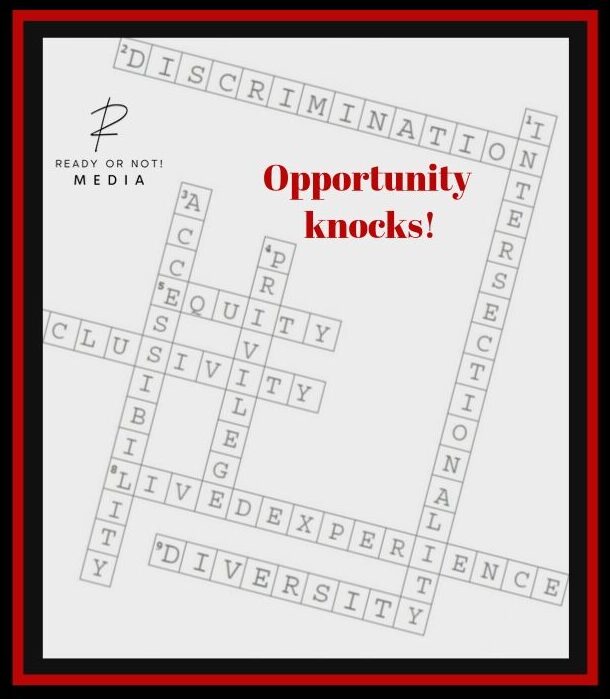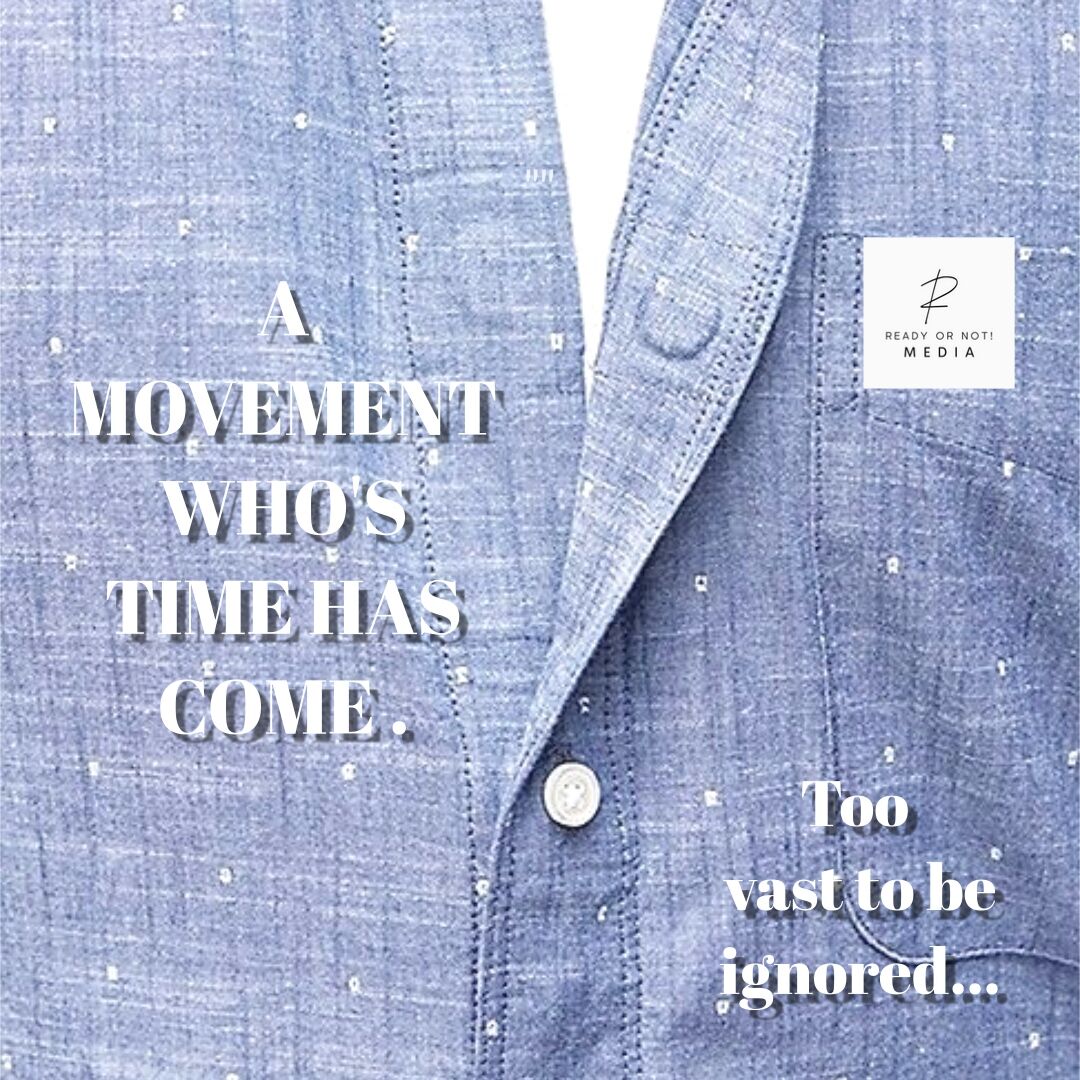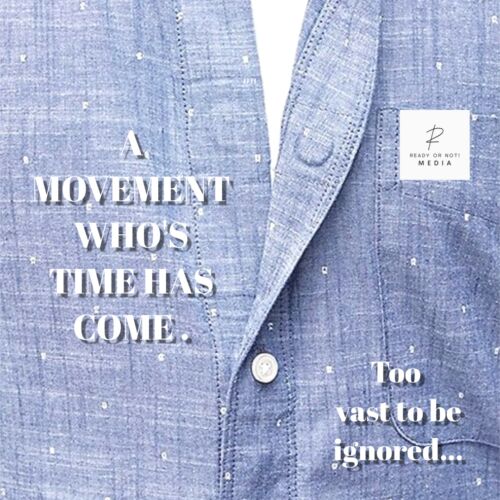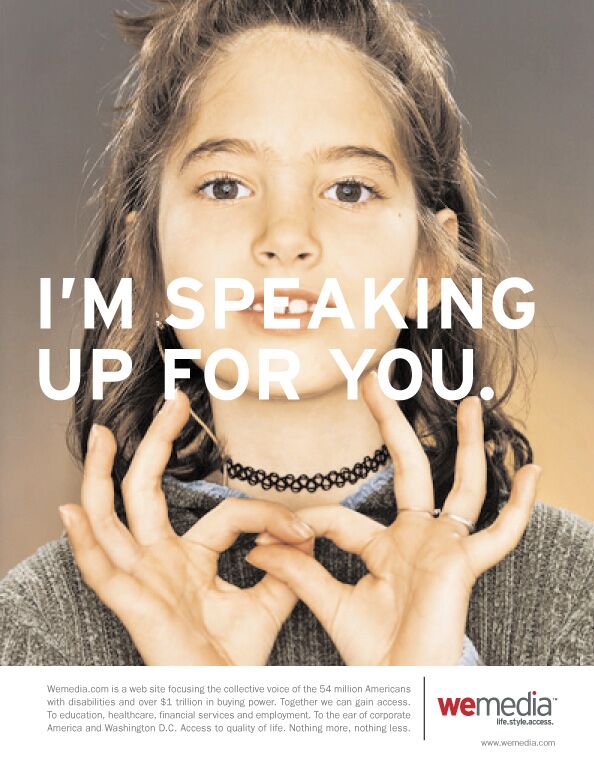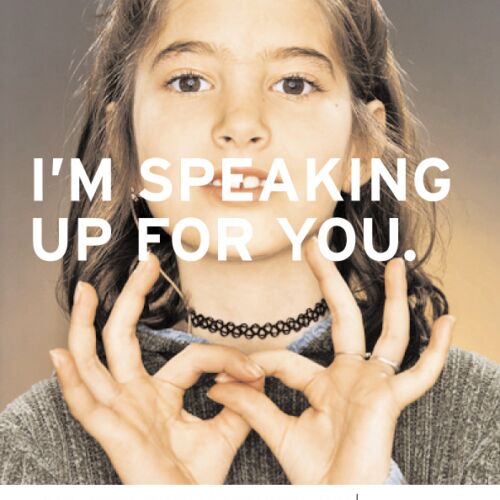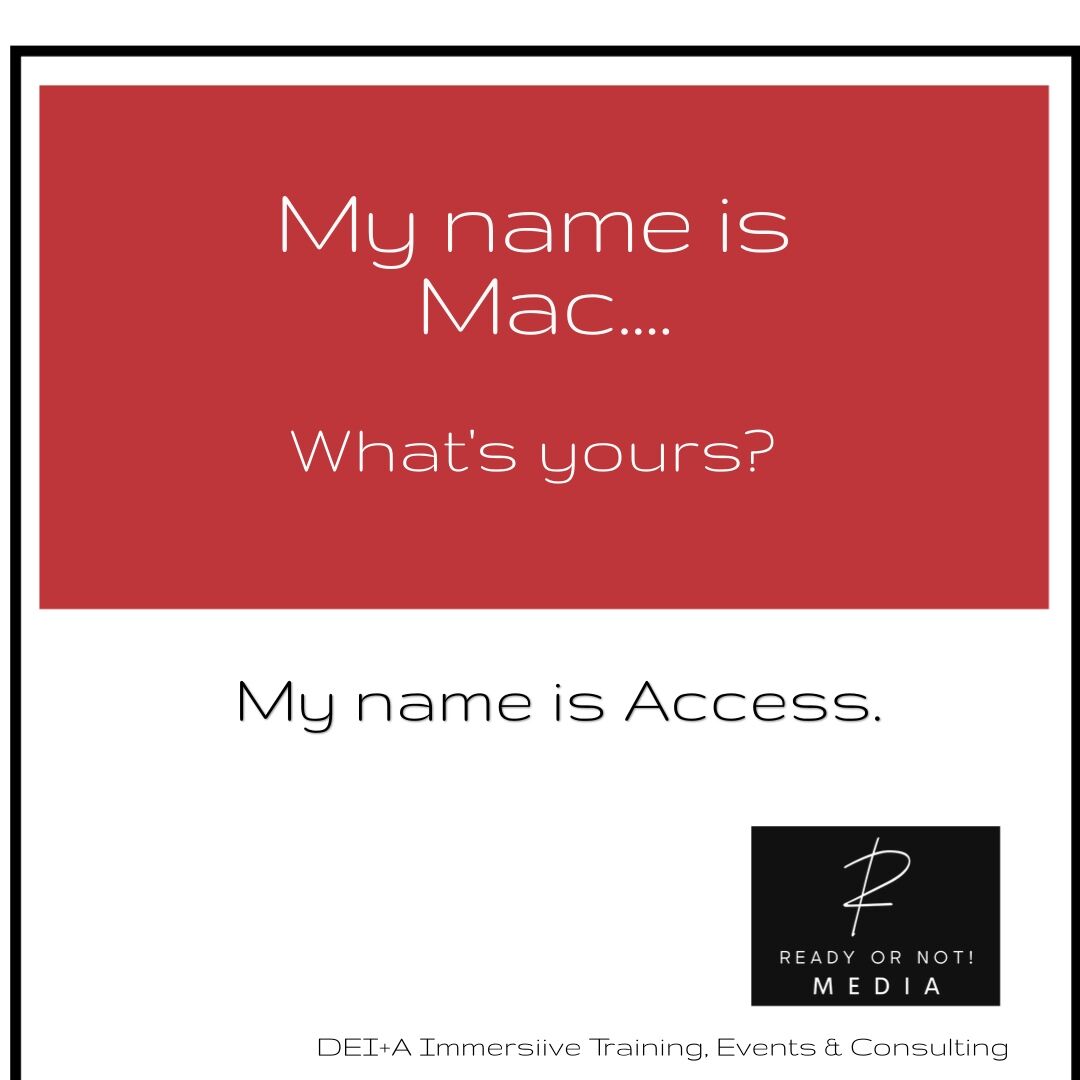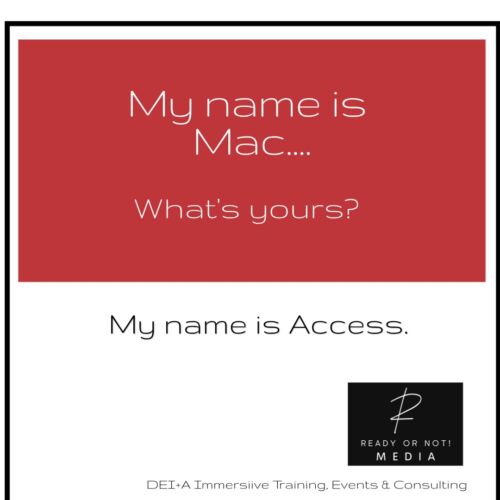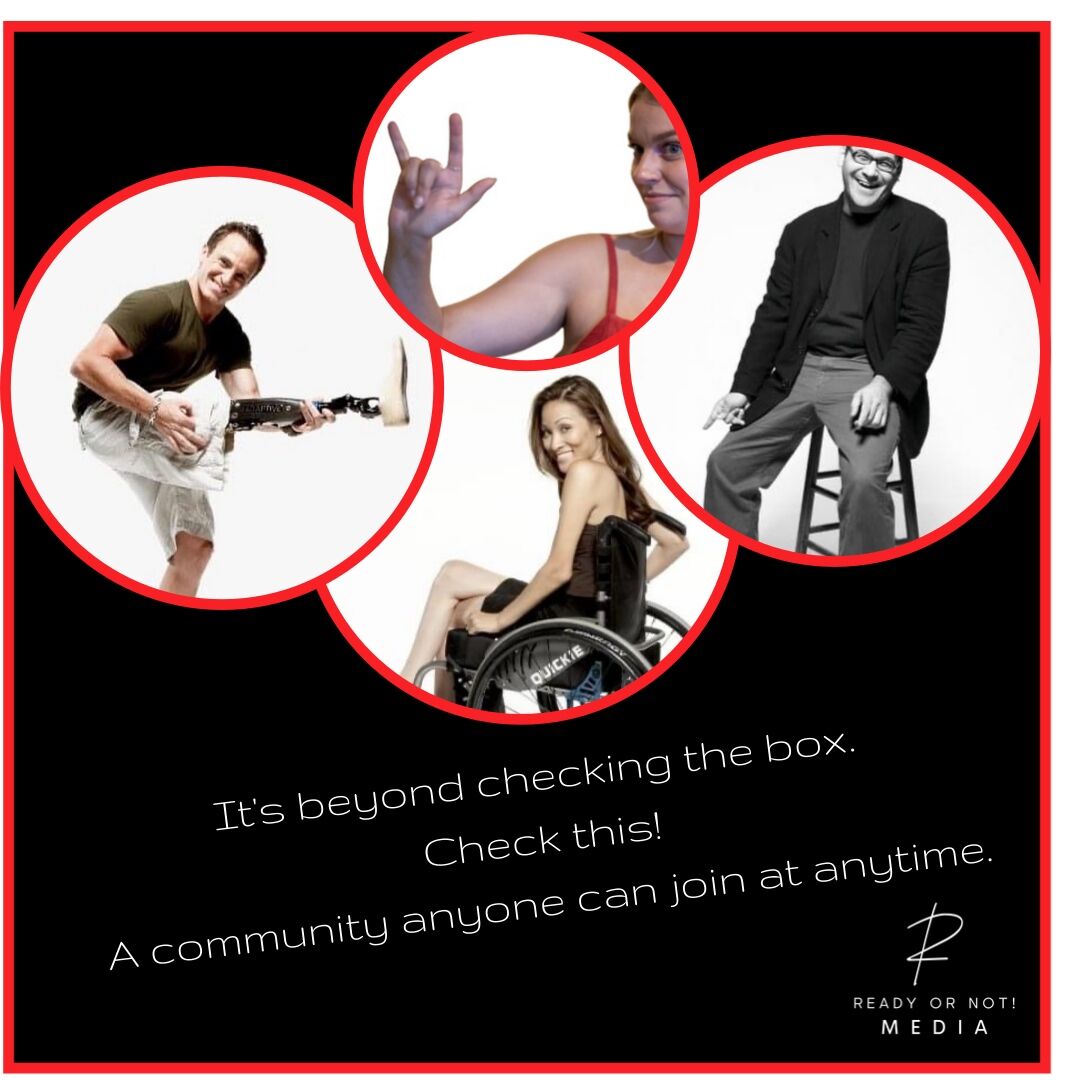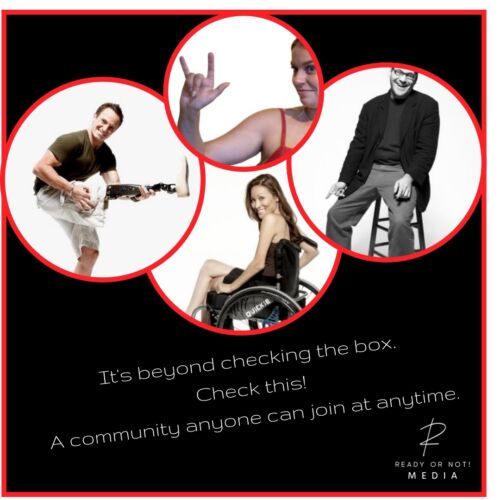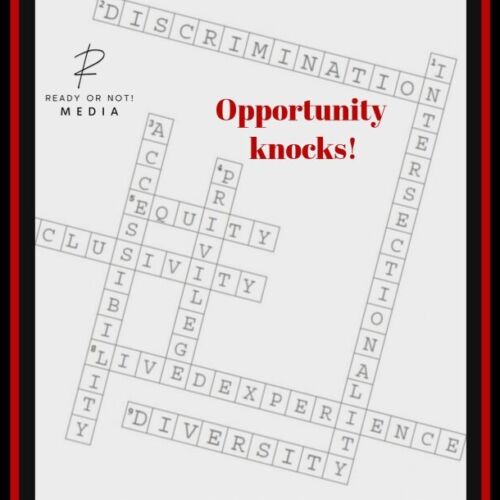
Time to Open the Door
The saying goes “When one door closes, another one opens.” But, for people living with a disability, often times that second door is kept closed.
For many individuals with disabilities, the job market can be a challenging and sometimes even daunting place. Even though people with disabilities make up 15% of the world’s population, they are often overlooked and underrepresented in the workforce.
This community remains largely side-lined by businesses, with only 4% of the 90% of companies that claim to prioritize diversity and inclusion considering disability in their initiatives, according to a report from the Return on Disability Group.
Disability empathy must be spread to HR teams so they are more comfortable building employee trust to knock down the bias of the employees.
We Don’t Want Your Pity.
When I entered the workforce after college, I had my own fears of disclosing my invisible disability in the workplace.
Should I tell them about my hearing loss in the interview? Will it help me or hurt me?
I don’t want to be harassed, passed over for opportunities or never be hired for another role once someone learns of my disability. Today, this is still a concern for many to disclose their disability. Are you ready to change that
narrative? Can we all just be? Let’s start by having an authentic conversation.
I will never forget those who didn’t define me by my hearing disability; leaders need to lead with empathy. If only more companies could create an environment that opens conversations to being disability inclusive, we wouldn’t be so worried to disclose our disability.
Just imagine someone coming onto your team increasing your bottom line and enhancing your culture’s performance. Now you don’t have to Imagine, it is possible when you lead with this mindset.
Now, I am paying the opportunity forward to a smart and driven college intern, Brett, who just joined the Ready or Not! Media team. Collectively, we are having empathetic conversations to have a disability inclusive workforce.
I asked Brett, “What does the word Opportunity mean to you?”
Brett: Opportunity to me means that I am being seen, heard and have been looked at not only for my abilities, but for my capabilities. I am fully engaged, invested, grateful, excited, and determined to show that a physical disability should never be a barrier to achieving one’s goals and aspirations.
Does this sound like someone deserves an opportunity?
“YES!” I thought so.
We ARE READY to work, and show the world what we CAN do.

